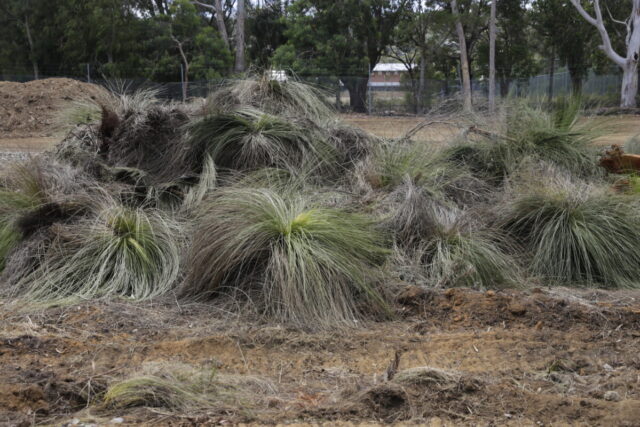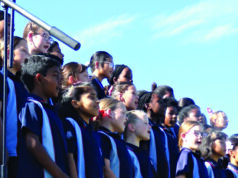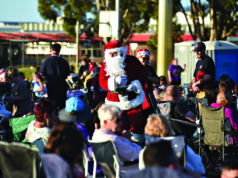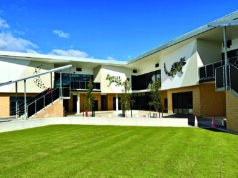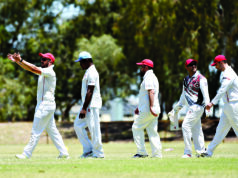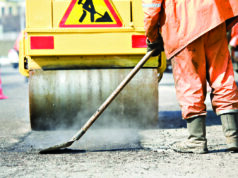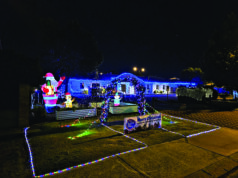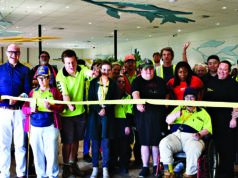Armadale resident Ian Alexander and his wife are livid about the piles of grass tree carcasses that now litter the train line along Wungong Rd.
Clearing works as part of the Byford Rail Extension have started, with vegetation inside the railway fence line south of Church Avenue removed early last week.
A stand of no more than a dozen proud grass trees with two-metre-high flower spikes at the end of Seventh Rd is all that remains intact for as far as the eye can see down the line.
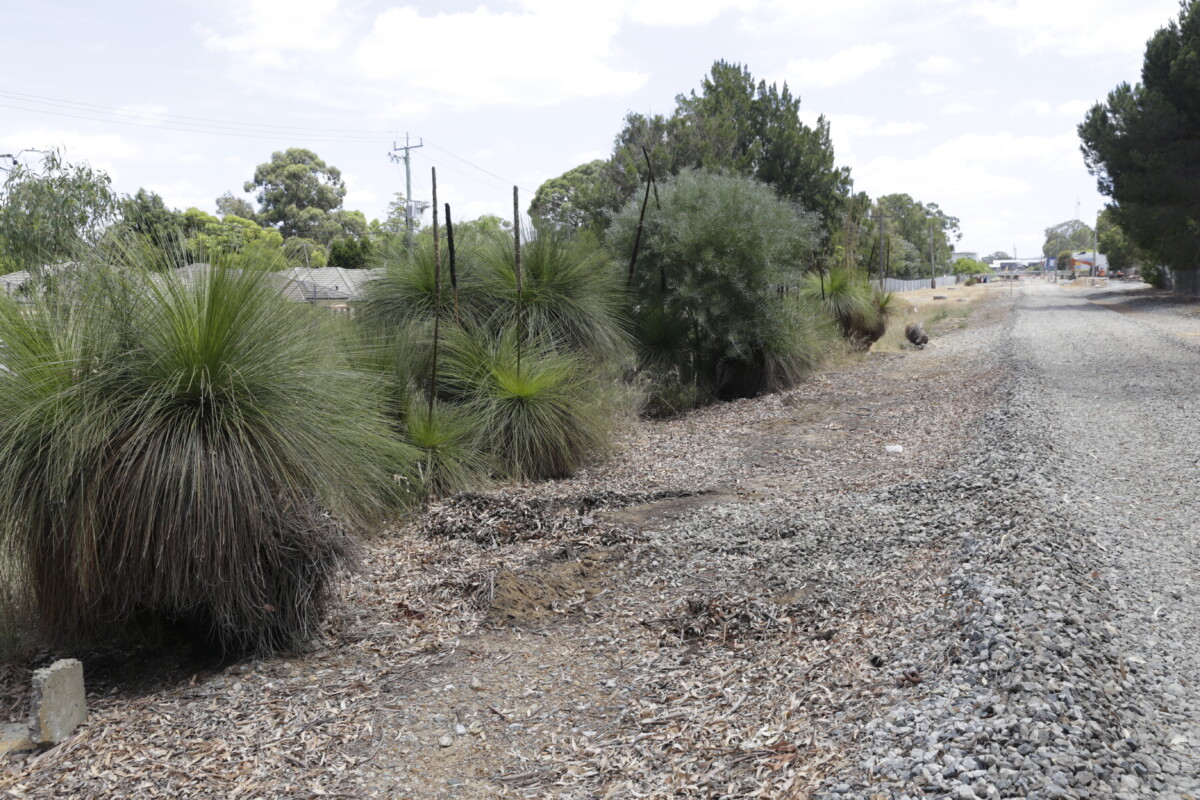
Grass trees (Balga in Noongar) are notoriously slow-growing, with some species only gaining around a centimetre per year.
They are also very often long-lived, outlasting bushfires, to reach up to 600 years of age. Their notorious black stem can take up to 20 years to emerge from the ground.
Mr Alexander said he tried to contact Metronet for answers about the tree clearing, but was “fobbed off” with generalisations.
“We can’t fix the problem now – they’ve done the damage already,” he said.
“But really, they could have done better. Why couldn’t they remove them before the bulldozers went in. Surely, they could have salvaged them for landscaping works – people are always after mature grass trees.”

A spokesperson for Metronet has said the construction team is making an effort to conserve grass trees, in line with community feedback.
“Almost 700 grass trees are being relocated as part of the Tree Retention Strategy and Sustainability Charter for the METRONET Byford Rail Extension Project which aims to support the protection of urban and rural bushland,” the spokesperson said.
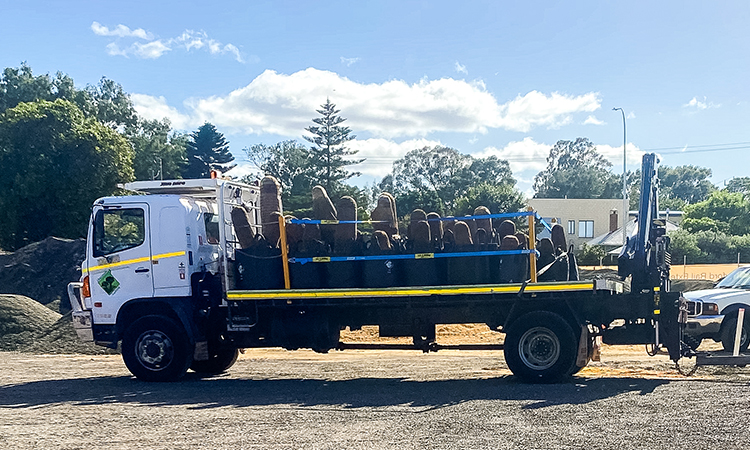
“As site works progress along the rail corridor, the project team is conserving as many grass trees as possible and carries out removals with the advice of an arborist. While works take place the 700 grass trees to be relocated are cared for by Grasstrees Australia and then replanted in and around Armadale and Byford stations.”


